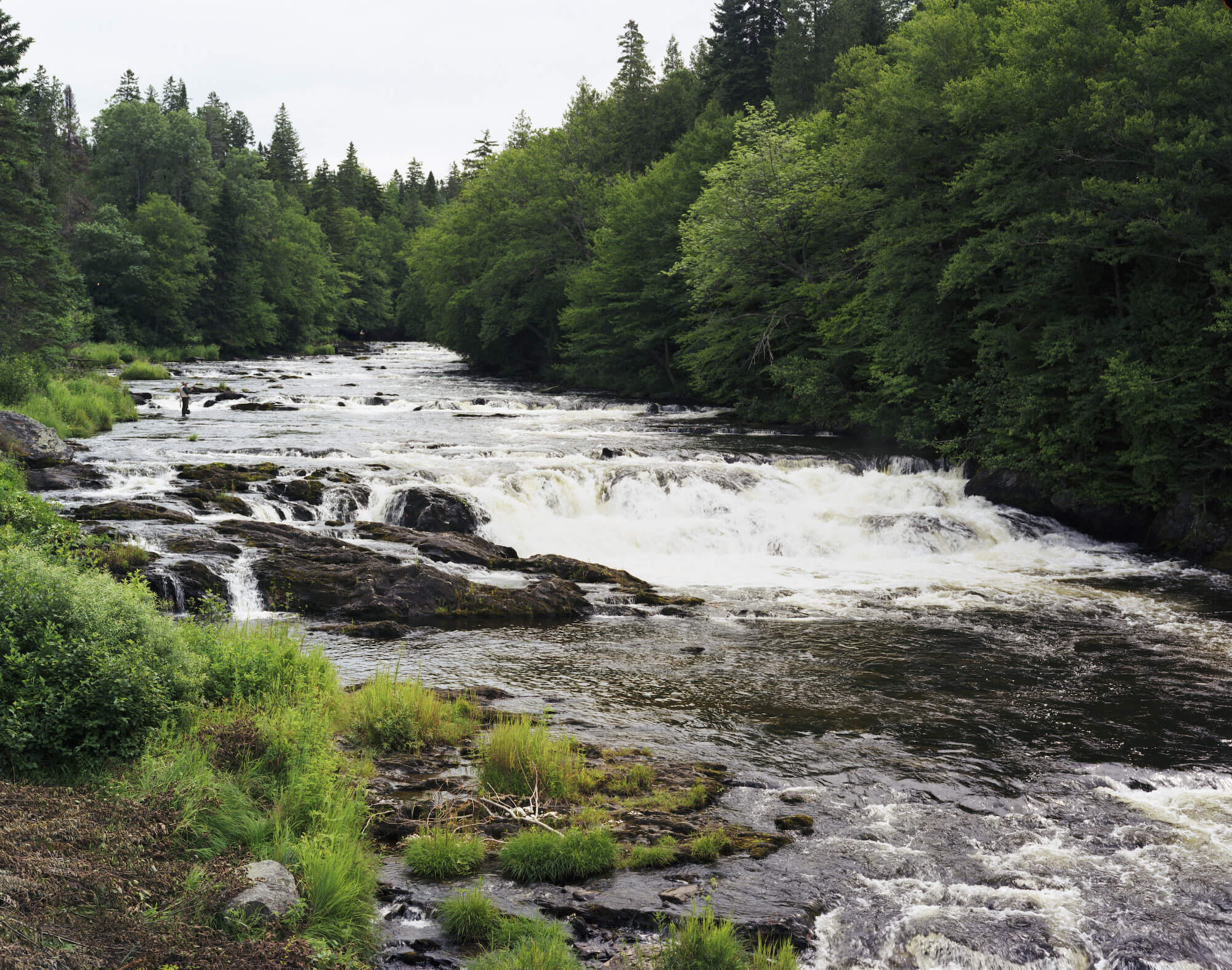This commentary has been signed by Vermont Conservation Voters, Vermont Natural Resources Council, Audubon Vermont, Vermont Chapter of the Sierra Club, Lake Champlain Committee, The Nature Conservancy in Vermont, Connecticut River Conservancy, Watersheds United Vermont, and Conservation Law Foundation.
These days, it’s nice to have issues we can all agree on – like the need for clean, safe water for all Vermonters.
Unfortunately, clean water is not something we can take for granted in Vermont right now. More than one hundred of Vermont’s rivers, streams, lakes, and ponds, in every part of the state, are impaired due to water pollution. Polluted waters are resulting in cyanobacteria outbreaks, beach closures, loss of property value, and damage to our outdoor recreation and tourism economies. We’re already feeling the impacts of inadequate investments in clean water.
Fortunately, House Speaker Mitzi Johnson and Senate President Pro Tempore Tim Ashe highlighted clean water funding as a top priority for the year, and Governor Phil Scott reiterated his commitment to long-term funding to restore and protect water quality in his budget address last month.
For the past two years, water funding has been cobbled together from a variety of sources, but lawmakers have punted on implementing a stable, long-term solution. Much of the short-term funding runs out this summer, so it’s essential that we establish new, dedicated clean water funding before lawmakers leave Montpelier this year.
Reports from the Vermont Treasurer and Agency of Natural Resources have estimated the cost of clean water obligations of at least $115-$156 million per year. A portion of these costs will fall to regulated entities, or will be addressed through federal funding, and some initial funding has been approved (from the property transfer tax, unclaimed bottle deposits, and general obligation bonds through the capital bill). Nonetheless, we are continuing to fall far short of meeting our state funding needs.
We support the State Treasurer’s recommendation of a minimum, initial investment of at least an additional $25 million per year in state investments beyond what is currently funded to pay for clean water efforts in Vermont. This level of new funding is necessary to meet our legal obligations to the federal Environmental Protection Agency, as well as the moral and economic imperative of clean water investments. Vermont’s tourist economy, our health, and our enviable quality of life all rely on clean water.
Now we need to all roll up our sleeves and work together to develop a funding plan that legislators will support, and the Governor will sign into law. A range of organizations who focus on promoting policies and investments that ensure clean, healthy waters for all Vermonters – the Vermont Water Caucus – developed a series of principles that we believe should be applied to any proposed water funding sources.
A key principle is that funding sources must be stable and sufficient to meet our needs. Funding sources must be stable, predictable, and reliable from year to year, to support ongoing, consistent clean water protection and restoration efforts. Funding must be flexible in terms of its use, to meet the full and evolving scope of clean water needs across the state. Funding must restore our degraded waters and also protect our river and lakes from future degradation. We also believe that funding sources must minimize negative economic impacts on lower-income Vermonters, who already bear a disproportionate burden of the consequences of contaminated water.
In his budget address, Gov. Scott laid out a proposal to use a portion of the Estate Tax for clean water funding, while also reducing the number of individuals who would be subject to paying the Estate Tax. His plan also included using some General Fund money generated from the Property Transfer Tax, and other sources. While we appreciate the shared acknowledgement that we need to implement long-term funding, we are concerned that the administration’s proposal – by moving around existing funding sources – is creating a funding gap for other state priorities. Further, we are concerned about the volatility of the Estate Tax, which data show fluctuates significantly over time. We believe we need a new, stable, dedicated funding source for clean water.
Further, lawmakers need to implement a mechanism to distribute clean water funds in a manner that successfully gets money on-the-ground to projects to clean up and protect waters across the state, with transparency and accountability for how those investments are helping achieve our clean water goals.
We are glad Vermont lawmakers of all political stripes are emphasizing the need for long-term clean water funding. While they haven’t yet figured out the details of how exactly to raise the necessary funds and ensure the money is well-spent, we look forward to hammering out these issues in the next few weeks and establishing a funding plan so we can refocus our efforts from raising the money, to putting Vermonters to work implementing clean water projects across the state. It is time to ensure that we that we have healthy lakes, ponds, rivers and streams, which are so vital to Vermont’s economy and our way of life.







